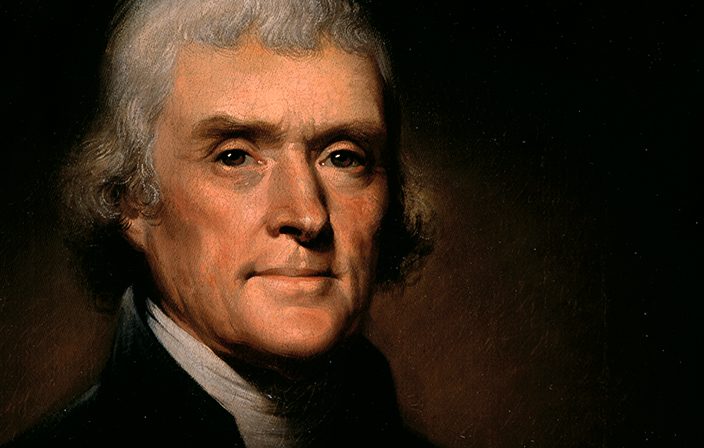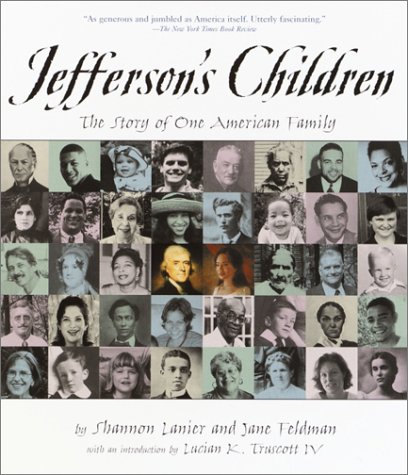Sally Hemings, Thomas Jefferson and the Ways We Talk About Our PastPosted in Articles, Biography, History, Media Archive, United States, Virginia on 2017-08-26 22:38Z by Steven |
Sally Hemings, Thomas Jefferson and the Ways We Talk About Our Past
The New York Times
2017-08-24
Annette Gordon-Reed, Charles Warren Professor of American Legal History; Professor of History, Faculty of Arts & Sciences
Harvard University
 A photograph of Monticello from the late 1800s. Credit University of Virginia Library |
It has been 20 years since the historian Annette Gordon-Reed published “Thomas Jefferson and Sally Hemings: An American Controversy,” a book that successfully challenged the prevailing perceptions of both figures. In a piece for The New York Times Book Review, submitted just before the tragic events in Charlottesville, Va., Gordon-Reed reflects on the complexities that endure in our understanding of Hemings and the language we use to characterize her.
Sally Hemings has been described as “an enigma,” the enslaved woman who first came to public notice at the turn of the 19th century when James Callender, an enemy of the newly elected President Thomas Jefferson, wrote with racist virulence of “SALLY,” who lived at Monticello and had borne children by Jefferson. Hemings came back into the news earlier this year, after the Thomas Jefferson Foundation announced plans to restore a space where Hemings likely resided, for a time, at Monticello. A number of news reports as well as comments on social media discussing the plans drew the ire of many readers because they referred to Hemings as Jefferson’s “mistress” and used the word “relationship” to describe the connection between the pair, as if those words inevitably denote positive things. They do not, of course — especially when the word “mistress” is modified by the crucial word “enslaved.”
When I published my first book, “Thomas Jefferson and Sally Hemings: An American Controversy,” in 1997, most people knew of Hemings from two works: Fawn Brodie’s biography “Thomas Jefferson: An Intimate History” (1974) and Barbara Chase-Riboud’s novel “Sally Hemings” (1979), both of which sought to rescue Hemings’s personhood. More typically, the scholarship written to disprove her connection to Jefferson routinely diminished Hemings’s humanity. The arguments that the story couldn’t be true because Jefferson would never be involved with “a slave girl” and that such a person was too low to have influenced Jefferson recurred in various formulations in historical writings over many years, as if the designation “slave girl” told readers all they needed to know. My first book was designed to expose the inanity of those, and other, arguments. I wrote a second book, “The Hemingses of Monticello: An American Family,” to flesh out Hemings’s personal history…
Read the entire article here.







